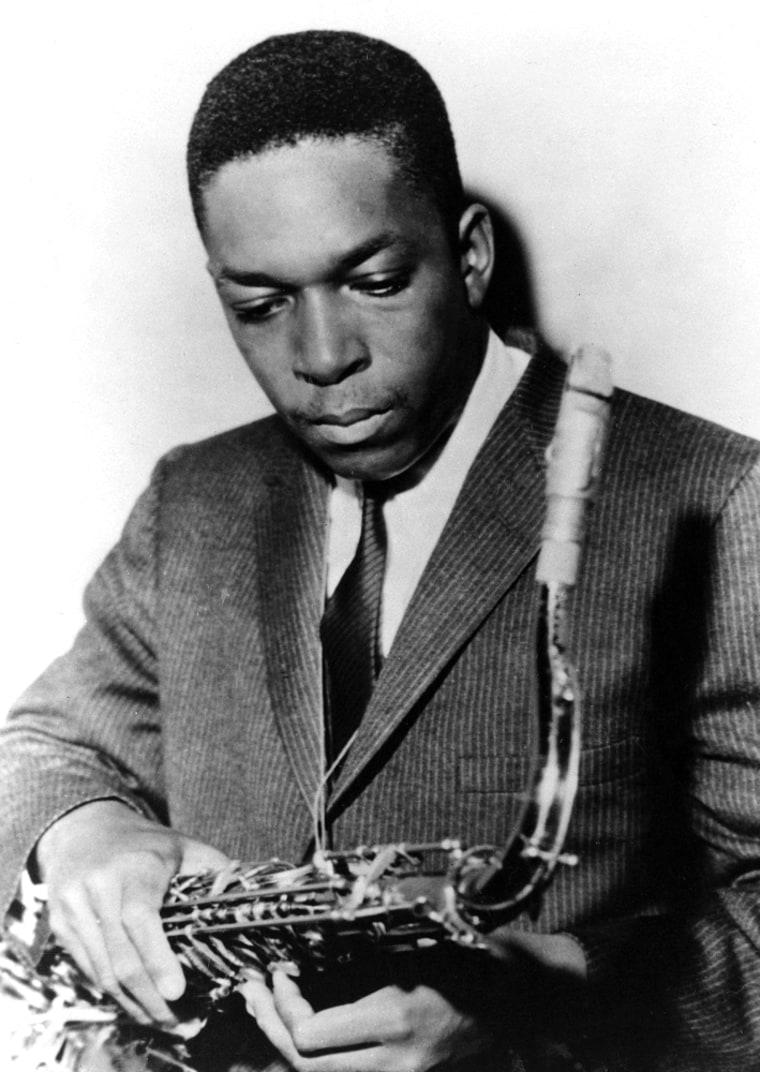John Coltrane and other famed jazz saxophonists hit piercing high notes that amateurs can't by expertly changing the shape of their vocal tracts, research now reveals.
The finding addresses a longstanding debate about how professional musicians pull off acoustic stunts.
The shape of the vocal tract produces different kinds of resonances — the amplification of specific frequencies of sound. For at least 25 years, musicians and scientists have argued over what role the acoustics of the vocal tracts of saxophonists and other reed instrument players had in influencing their notes, with opinions ranging from "negligible" to "crucial."
Untangling this mystery has proven hard, since it is challenging making precise acoustic measurements inside the mouth during playing.
"It's wet in the mouth and the acoustic conditions in there are really variable, and it gets really loud in there during playing," explained researcher Jer-Ming Chen, an acoustician at the University of New South Wales in Sydney, Australia.
So, Chen and his colleagues tried hooking up a tenor sax mouthpiece with a device that measured vocal tract resonances as three amateur and five professional saxophonists played.
"Our group's advisor, Joe Wolfe, is a jazz saxophonist, and we did quite a bit of measurement with him," Chen said.
The acoustics of the vocal tract seemed to have only modest effects on how notes sounded over much of the saxophone's range. However, the scientists found that in the high range, pro saxophonists knew how to change the shape of their vocal tract, and the resonance that resulted helped them reach high notes amateurs could not.
"Are these expert players aware of what they're doing? While they don't seem specifically aware that they're tuning their vocal tracts, they are aware they're adjusting something in their throat," Chen said.
Chen added that for pro saxophonists to reach these notes, "they say they have to hear the sound in their head, to kind of get a mental image of the sound. This suggests they have some muscle memory with this tuning. I think that means anyone can learn how to do this, but you need to put in a lot of practice to get that same muscle memory."
The researchers are now attempting to see if similar effects are happening in other saxophone techniques, "such as subtone playing, where you're trying to play the lowest notes on the sax very softly," Chen said. "It's easy to play those loud, but it's quite a bit of a struggle to play them soft. Or we can look at multiphonic playing, where you play multiple notes at the same time. We can also see if this tuning phenomenon happens in other single-reed instruments such as the clarinet, or double-reed instruments like the bassoon and oboe."
Chen and his colleagues detailed their findings in the Feb. 8 issue of the journal Science.
